Over the past several years, especially the second half of 2020, many industries have seen a renewed demand for equipment as economies have recovered and work has picked up.
“Looking to industrial activity, a slow but steady recovery has also been under way,” according to a recent article by the Association of Equipment Manufacturers (AEM), “with all key market groups (business equipment, consumer goods, construction supplies and materials) all remaining steady or rising.”
Senior economist Chloe Parkins explains to AEM, “This combination of increasing demand and falling inventories is a good sign for manufacturers,” Parkins says, “Manufacturers and dealers will want to ensure that they have a sufficient level of inventory to meet future demand.”
With heavy equipment and machinery purchases on the rise, it’s important to learn how to better care for purchased equipment. Understanding the differences between annual cost, life to date (LTD), and life cycle cost (LCC), and acting on that difference, will allow your business to reduce unwanted, preventable repair costs — ultimately keeping more money in your pocket for years to come.
Importance of Heavy Equipment Maintenance
Annual Cost of Heavy Equipment
How much does a piece of equipment cost to operate per year? It only includes the cost of buying equipment and running it. This seems straightforward; however, this cost is subject to change — or, more accurately, increase — if routine repairs and maintenance aren’t carried out.
Running equipment into the ground and avoiding routine maintenance will eventually cost you more money in the long run.
L.C.C. and L.T.D. of Heavy Machinery
Developed by the U.S. Military, a cost calculation was soon adapted by many other industries because of its effectiveness. The U.S General Services Administration defines LCC as, “An important economic analysis used in the selection of alternatives that impact both pending and future costs. It compares initial investment options and identifies the least cost alternatives…”
To calculate the life to date and life cycle cost, you need to work with the following three variables:
- Past scheduled work
- Reactive maintenance costs
- Forward projections
[Related: The Importance of Reliable Mining Equipment, Storage, and Maintenance Facilities]
Types of Heavy Machinery Repair Needs
When heavy equipment assets fail or break down, without backup or duplicate pieces of equipment, projects come to a standstill, which can result in higher construction costs, delays, penalties, or even total loss of the project.
Three Types of Mechanical Failures
- Gradual Failure: Old parts wear down and eventually break
- Intermittent Failure: Sporadic and unpredictable breakdowns
- Sudden Failure: Occurs with no warning, usually a broken part
All types are preventable or, at the very least, reducible with routine maintenance and inspection.
Three Causes of Breakdowns
- Thermally Induced: Extreme temperatures or changes in temperature cause weakening of equipment
- Mechanically Induced: Worn parts finally reach their breaking point
- Erratic Failure: Sporadic overloads on electrical or hydraulic systems, or manufacturing defects
Nearly every form of routine inspections and maintenance work to address one of these three causes, limiting the number of costly breakdowns.
Typical Methods for Heavy-Equipment Repair and Maintenance
Sandblasting
Sandblasting offers a chemical-free ability to clean, strip, and smooth surfaces into like-new quality by pushing fine grains of sand through a guided nozzle directly onto a surface at high speeds. This grinds away unwanted particles like dirt, grime and rust.
Sandblasters work just as well on large surfaces as they do on small precision parts, such as gearboxes or motors. And while other cleaning techniques can take anywhere from hours to days to complete, sandblasting takes mere minutes.
However, for companies that offer commercial or mobile sandblasting services, the Environmental Protection Agency (EPA) requires the use of on-site sandblasting containment structures to prevent abrasive and removed materials from blowing into the nearby environment.
Electrostatic Painting
Electrostatic painting applies a negatively charged paint to a positively charged surface, spreading evenly throughout it.
Because the paint particles are “pulled” from the air onto the surface, there’s far less waste, making this method of painting much more cost-effective than traditional spray painting to prevent rust.
For companies performing on-site painting, the Environmental Protection Agency (EPA) requires the use of containment buildings. Alaska Structures offers portable spray booths and containment buildings for high-quality painting and refinishing.
HVLP Painting
High-volume, low-pressure (HVLP) painting is similar to normal spray paint guns that use a compressor, but overspray and bounce back is reduced. This provides greater precision and cuts down waste.
Powder Coating
Powder coating is an effective alternative to painting. It’s a dry finishing process with a durable finish. It combines polymer resin systems, curatives, pigments, flow modifiers, leveling agents and other additives into a melted solution that’s cooled then ground into a powder. The powder is then applied with an electrostatic spray deposition onto a metal surface.
This coating offers high-level protection for your machinery and equipment. Once applied, it’s almost twice as thick as standard paint. Depending on the type of powder coating used, it can bend and flex with the material onto which it’s applied. And since it is more resistant to typical road damage, it’s a top choice for protecting machinery to deflect debris.
How Fabric Structures Help Maintain Machinery and Heavy Equipment
Fabric Structures for Commercial Equipment Storage Buildings
Alaska Structures storage facilities are open span, modular in design, and available in sizes up to any width, length or height. As your commercial operation grows, they can easily be expanded, too. Our custom-built structures are designed to meet the unique challenges of your on-site repair and maintenance facility needs. Choose from a wide selection of product add-ons and options, including equipment doors, personnel doors, plug-and-play lighting, insulation packages, and HVAC systems to utilize in any climate or weather condition.
Companies operating in remote locations that choose to leave equipment in place without coverage during the winter months risk breakdowns from exposure to the elements. Consequences are just as time-consuming as they are costly.
When equipment and machinery in off-the-grid locations suffer a breakdown, it can take months for replacement parts to arrive. Companies with a short construction window can’t afford these kinds of setbacks.
Alaska Structures’ weatherproof fabric structures are engineered to protect your assets in the harshest conditions, including high wind, heavy ground snow loads, extreme heat, and more.
Our fabric facilities also offer many advantages over typical construction; they’re quick to set up and take down, can easily relocate to different job sites, and are designed with energy-efficient technology in mind. They can also be outfitted with heaters and insulation features such as our EnerLayer®, SuperLayer™, and Solar Fly® add-ons to keep vehicle and equipment fluids at above-freezing temperatures.
Document Your Machine’s Service History
It’s difficult to mentally keep track of all of the service your heavy equipment and machinery see. That’s why it’s recommended to create a repair or maintenance log noting the equipment being worked on, service date, replaced or serviced parts, and costs.
If you plan to sell your heavy equipment in the future, having a repair log or keeping copies of inspection and maintenance reports allows you to prove the work and care you’ve put into your equipment, ensuring top-dollar offers.
Follow Factory-Recommended Maintenance
Manufacturers of heavy equipment create recommended inspections and maintenance guidelines for a reason. Following those recommendations will help reduce failures and breakdowns of your heavy equipment, saving you both time and money.
Factory-recommended maintenance intervals provide a minimum standard to maintain your heavy equipment assuming normal operating conditions. If you’re pushing heavy equipment beyond standard rates of operation, or operating your equipment in locations with extreme or fluctuating weather and temperatures, it’s highly recommended to increase the frequency of checkups.
Depending on the manufacturer, failure to comply or perform scheduled maintenance may result in the equipment’s warranty being voided.
Using Fabric Structures for Additional On-Site Building Needs
In addition to producing ruggedly durable and long-lasting fabric structures for heavy equipment repair and maintenance, Alaska Structures designs and engineers polyvinyl canvas building solutions for the following specific functions:
- Vehicle Storage and Maintenance Facilities
- Parts and Bulk Material Storage
- Truck Wash Facilities and Wash Bay Facilities
- Haul Truck and Mining Truck Repair Facilities
- On-Site Warehousing Storage
- Weigh Stations and Weigh Station Enclosures
- Fabrication Shops and Workshops
Contact Us to Custom-Design a Fabric Structure Today!
Contact Alaska Structures today to get a quote for on-site repair, maintenance, and storage buildings by sending an email or using our online contact form.
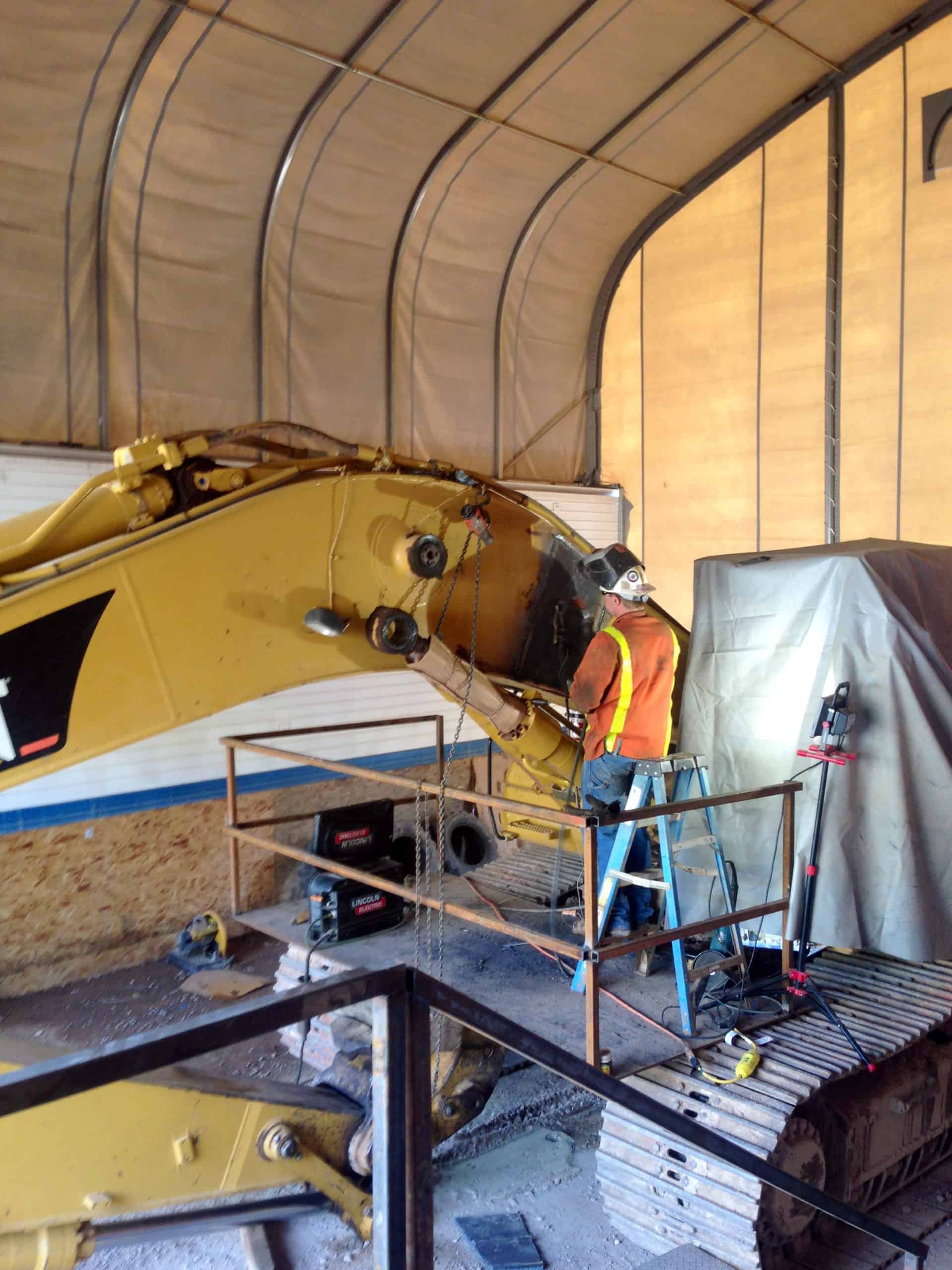


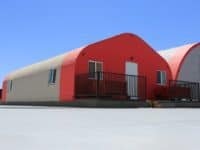

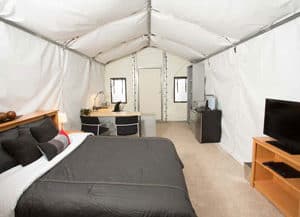

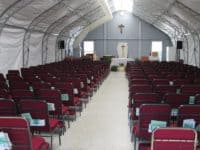
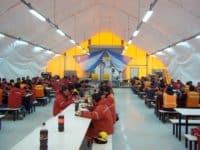
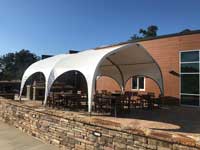
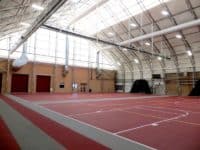

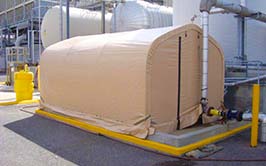

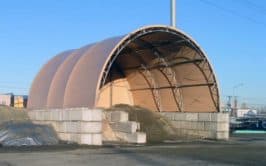
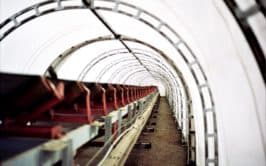
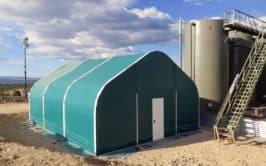


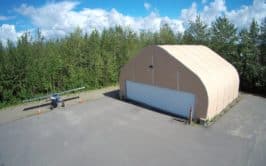
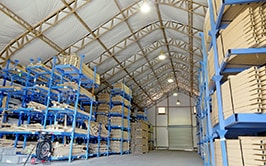
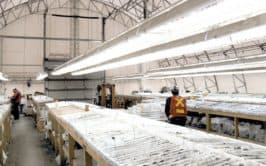
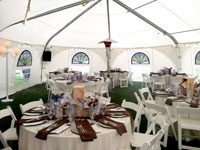
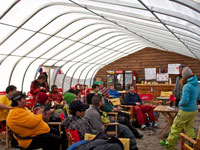

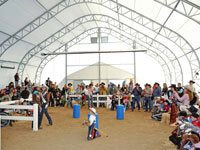
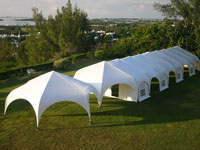

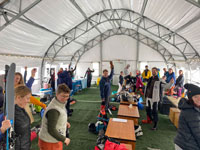
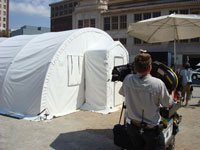
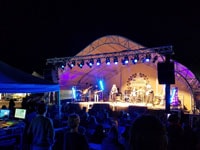




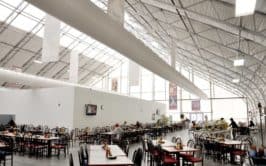

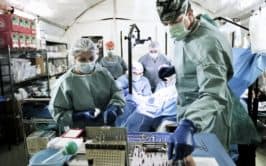




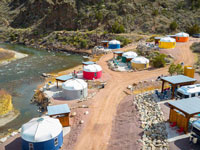
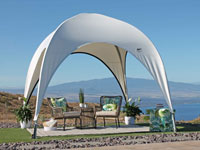

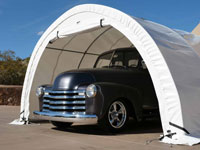
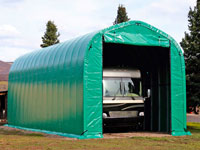




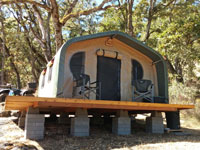
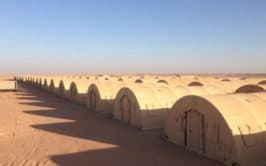
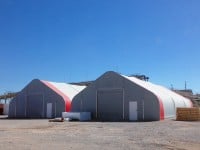
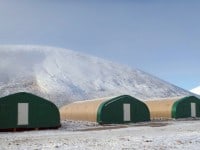
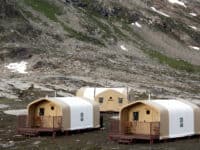
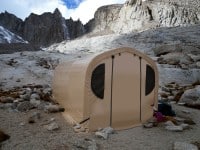
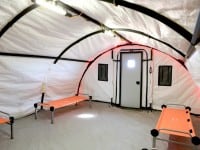
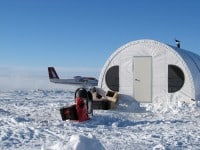
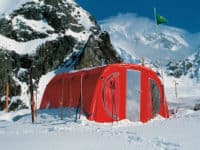
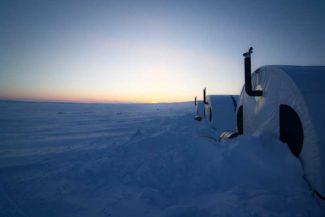

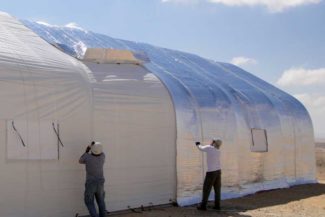


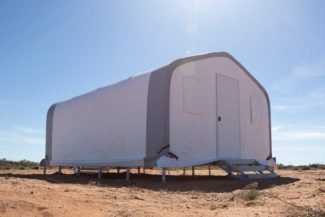

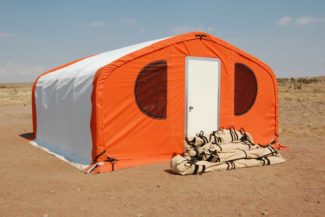




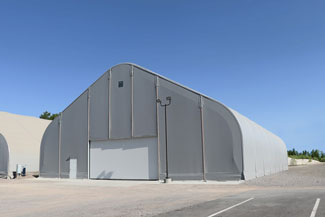

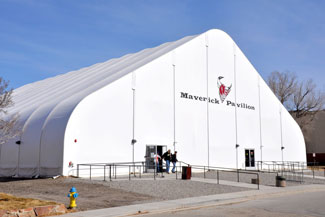
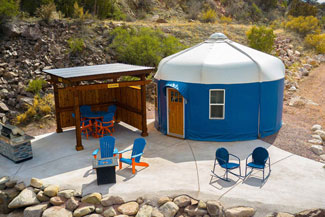
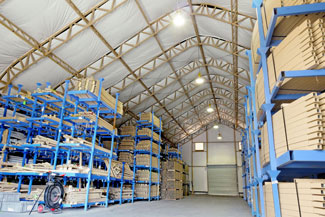

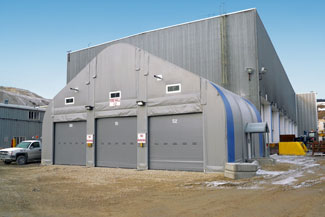
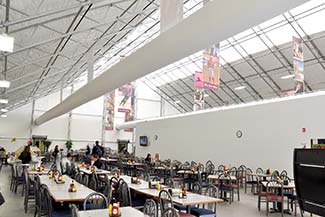

Leave a Reply